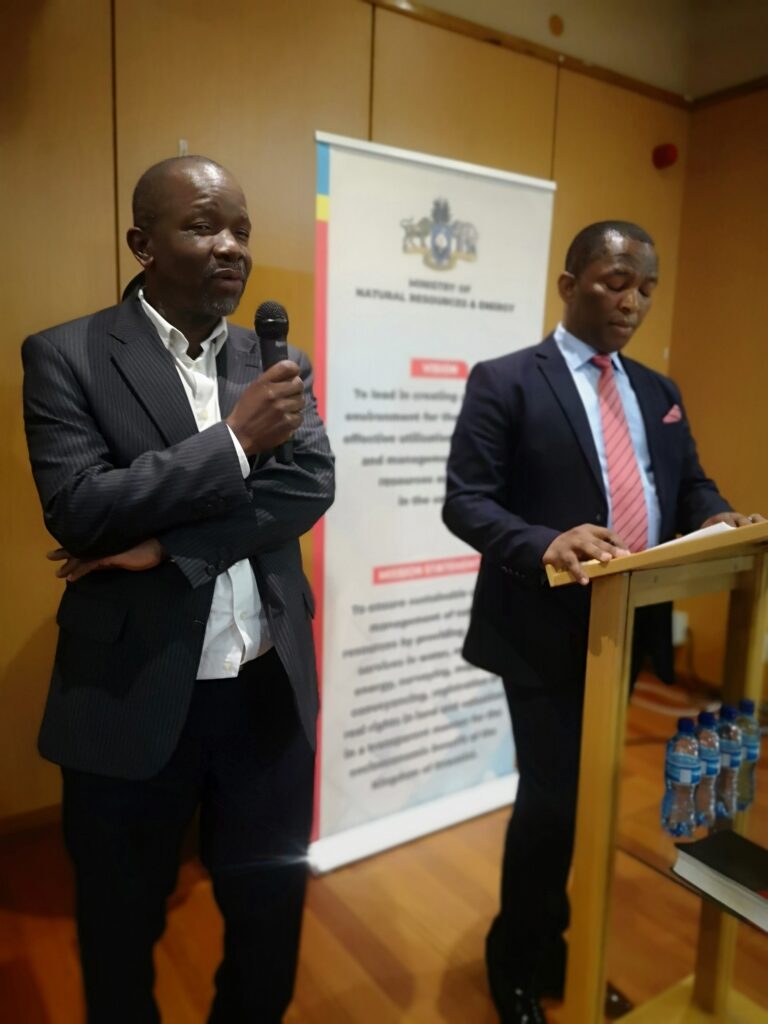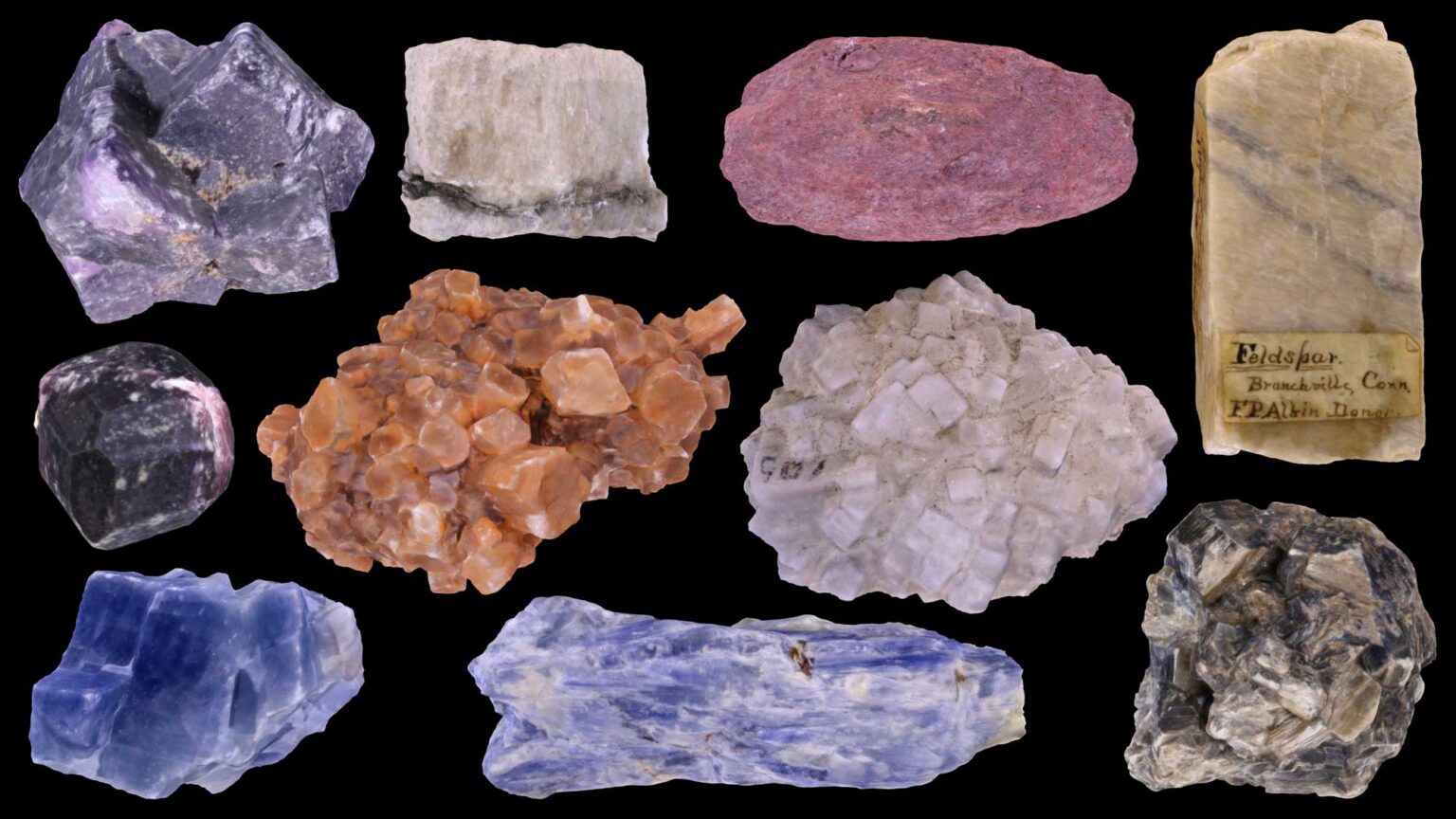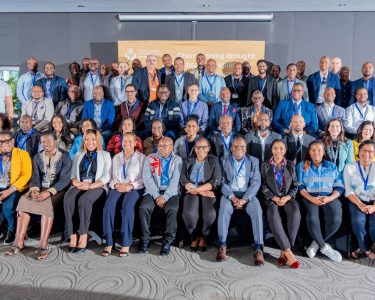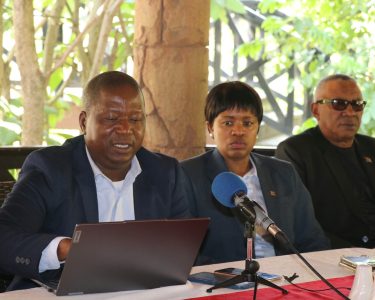
By Ntombi Mhlongo
The Ministry of Natural Resources and Energy has filed a request for a budget to conduct the second phase of the Multi-Disciplinary Geoscience Mapping meant to identify available minerals.
Speaking to the Eswatini Financial Times, Chief Geologist Dr Noah Nhleko said they have already filed the request for a budget to conduct the exercise in the remaining two regions.
“We have forwarded a request and are hopeful that Parliament will approve it. If the budget request is passed, we will conduct the exercise in the next financial year because we need to conclude it as soon as possible so that the mining sector potential can be unlocked in order to boost the economy,” Nhleko said.
Even though he did not state the exact amount that has been requested, he highlighted that it was determined by the amount that was spent in the first phase of the exercise which was around E20 million. To conduct all three phases, the government needed about E60 million.
Meanwhile, Nhleko revealed that following the discovery of the four minerals, there has been an impressive response from interested investors.
The first phase of the exercise was conducted in the Manzini and Hhohho regions and the findings, which were then made public, revealed the discovery of four major minerals’ potential occurrences.
The four major minerals identified in the first phase are gold, iron ore, diamond and Copper-Nickel-Platinum group Elements. Gold mineralization was confirmed in areas northwest of the country.
It stretches from the Nsingizini area in the north to Lomati (current Lomati Mine lease), Luhhumaneni area and Forbes Reef area in the south.
Iron ore targets were identified from various areas north of the current Ngwenya Iron Ore Mine.

Three of the deposits lie in the Malolotja Game Park in Makonjwa Hills and Luhhumaneni. There is another target north of the current Lomati Mine.
Interpretation of the collected data revealed a large area of otherwise unknown Copper-Nickel-Platinum Group Elements.
This is split into three target areas which are Siphocosini, Mhlambanyatsi and Lamgabhi-Luyengo area. Meanwhile, three diamond targets were revealed from the survey surrounding the dormant Dvokolwako Diamond Mine.
Nhleko revealed that following the discovery of the four minerals, there has been an impressive response from interested investors. He said most of those who have enquired about the minerals are emaSwati who, however, do state that they want to partner with businesspeople from other countries such as South Africa.
In the Post-Covid-19 Kingdom of Eswatini Economic Recovery Plan, the government highlighted that whilst striving to create wealth and promoting sustainable development for all stakeholders, this sector faces a myriad of challenges that hinder it from living up to its full potential.
The National Development Plan (NDP 2019-2022) states that opportunities for economic growth that could be realised through tapping into this sector exist.
For years, there has been a concern that in mining, the limited number of minerals (coal, quarry and iron ore) being extracted, combined with the lack of processing industries affects the value-add prospects in the sector.
This reality has resulted in the sector’s low revenue contribution to the economy – the mining and energy sector contributes less than one per cent to the local GDP. The government then decided that issuing mining licences will develop the sector and show EmaSwati the prospects of being professional miners, managers, and owners.
The unlocking of the mining sector is expected to lead to employment opportunities as, during both the prospecting and mining stage, Emaswati are expected to be employed. According to the Eswatini National Skills Audit Report presented early this year, mining has the lowest (0.01%) ranking in the list of employers in Eswatini.






